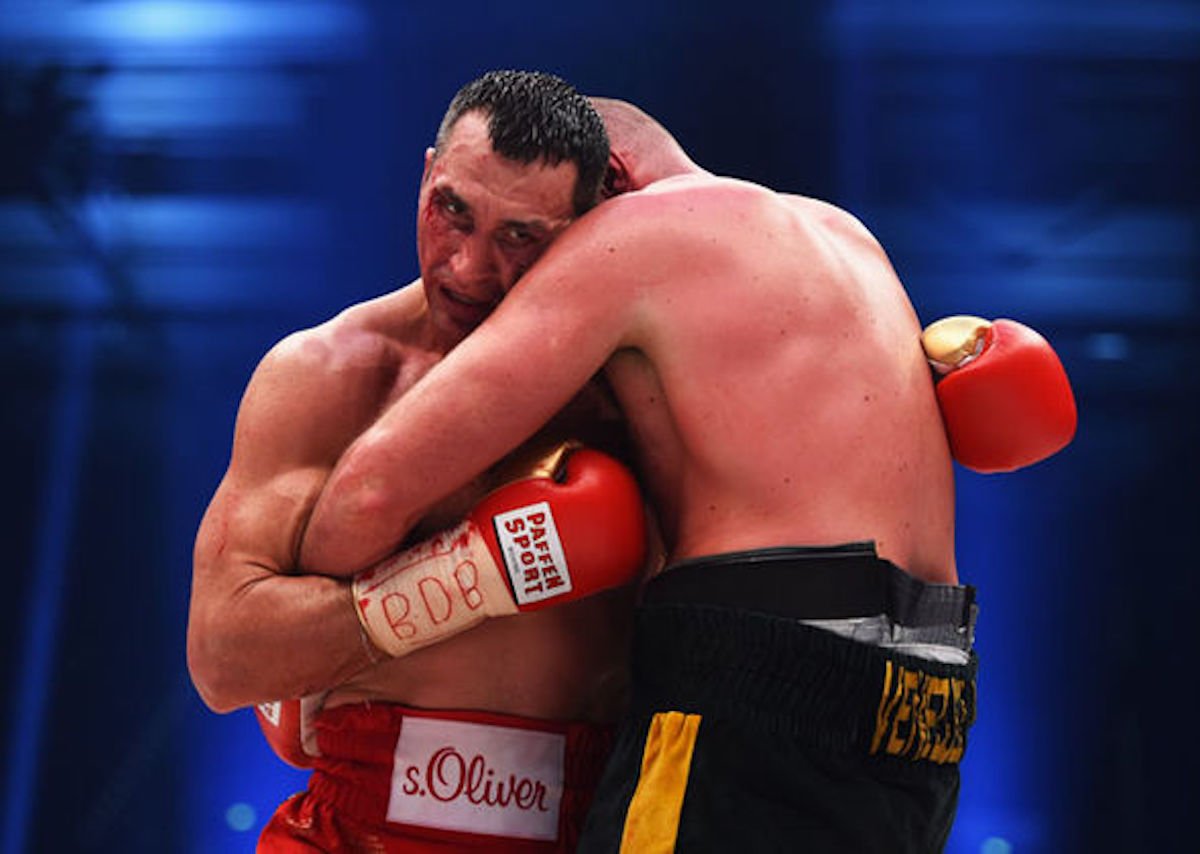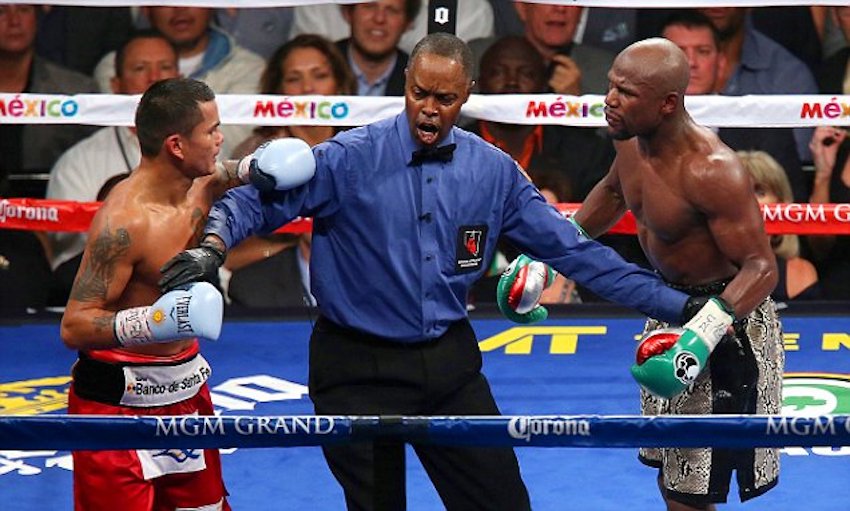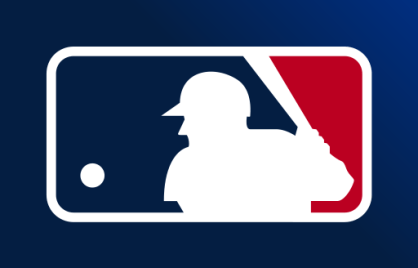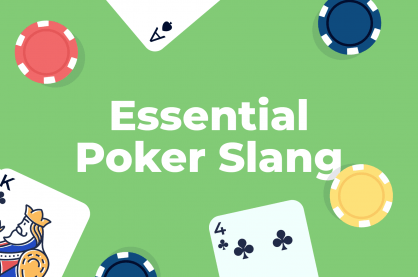Why Do People Hug In Boxing?

If you’ve ever watched a boxing match at any level, at some point you’ll have seen two aggressive, sweaty athletes hugging in the middle of the ring.
Although you might not have realized it at the time, this “hug” is a very important part of the sport.
Many of the best boxers ever, like Floyd Mayweather Jr and Lennox Lewis, were masters of this maneuver, using it to win countless bouts throughout their careers.
So, while it may look affectionate, don’t be fooled by appearances. This is not anything like a normal hug.
Why Do Boxers Hug In The Ring?
Let’s get one thing straight: It’s not called hugging.
Instead, it’s known as clinching.
First things first, to get into a clinch you have to put your arms over your opponent’s, then rest your forehead on their shoulder. Then you hug them tight, all while leaning as much of your weight on them as possible.
Each of these elements are key to the clinch because they serve different purposes.
Obviously, holding an opponent’s arms down will make it harder for them to keep hitting you, giving you precious time to clear your head if you are stunned or tired.
Placing your head on their shoulder minimizes the risk of accidental headbutts occurring.
Finally, putting your weight on your opponent also means that you get a rest while they have to work harder, even if only for the few seconds it takes for them to get out of the clinch.
So, while it might look like a hug from the outside, the clinch is actually a tactical maneuver, one that is typically used for three reasons:
- To break up an opponent’s offensive rhythm.
- To give you time to clear your head after you’ve been stunned.
- To rest when you’re desperately waiting for the bell to ring.
Is Clinching Allowed At All Levels?
Clinching is different from holding, which is illegal in boxing.
Holding is usually when a fighter wraps one arm around the opponent’s waist or another body part, typically while leaving the other arm free to throw punches.
The amount of clinching allowed will vary depending on the referee and level of fighting. Some refs push for the non-stop action, breaking up clinches almost as soon as they start.
But clinches are normally allowed to continue for about 2-3 seconds, before they are broken up.
If a referee breaks up a clinch, it’s required for both fighters to take a step back before re-commencing the fight. This creates space for the two fighters to reengage.

However, plenty of referees will allow the fighters to work their own way out of the clinch. This can be achieved either by spinning out or shoving.
It can be an interesting point in the fight when the two fighters do break apart because exiting the clinch can change the positioning of your opponent’s guard and give new openings for a punch.
When Should You Clinch?
According to experts, it’s best to clinch as a strategy, used to break up your opponent’s momentum and force a change in angles and technique.
For taller fighters clinches can be used to regain distance.
This might sound strange but if the shorter opponent has closed the distance and is now fighting “on the inside,” sometimes clinching and waiting to be separated by the referee is the safest tactic.
Of course, some boxers turn to the clinch when they are exhausted.
Unfortunately, boxers who rely on clinching when tired often end up losing even more energy.
So, if you do end up in a boxing ring anytime soon, try to remember that it’s usually a much better tactic to slow your opponent’s rhythm with clinches well before you’re worn out.
For something similar, check out:
Why Are There 12 Rounds In Boxing?
Lead image: Express


